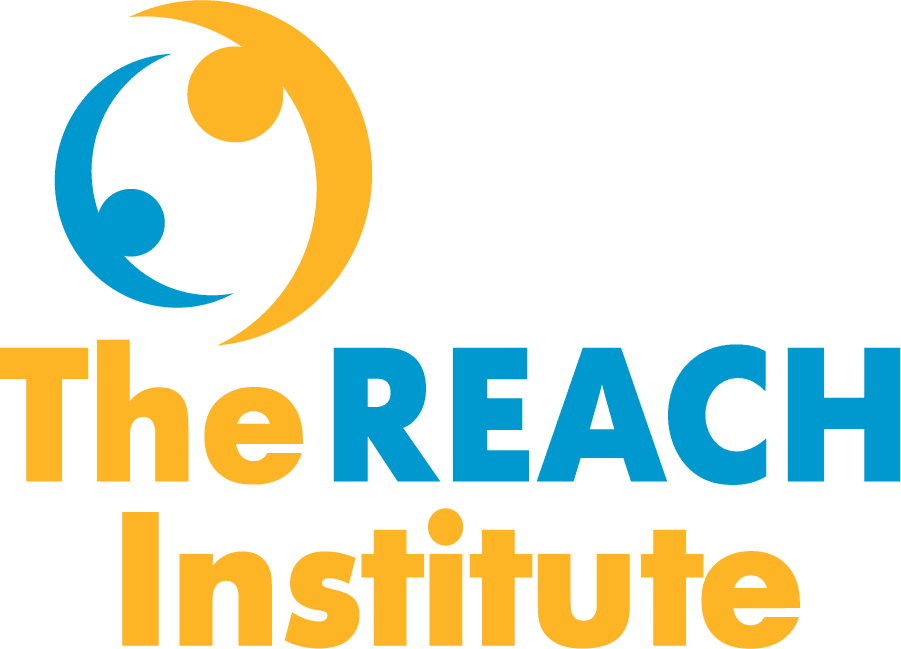Assessment & screening
Diagnosing Seasonal Affective Disorder
“Seasonal Affective Disorder (SAD) is more than just the winter blues,” explains Maureen Montgomery, MD, a pediatrician based in Buffalo, NY. “It’s a subtype of clinical depression that has very specific characteristics.” As the name suggests, SAD is a seasonal and cyclical type of depression. In most cases, SAD occurs during the fall and…
Read MoreRacism as trauma: A pediatric mental health perspective
After learning about the alarming rise in suicide rates among Black children and adolescents, Brittainy Erby, MD, set out to understand the impact of racial trauma and how to improve pediatric patient care.
Read MoreManaging challenging behaviors in children
“There is a lot of research on programs to help parents manage their children’s behavior. It is not complex for clinicians to learn key evidence-based principles and share them with parents, even in brief office visits,” explains Elena Man, MD, a board-certified pediatrician and faculty member at The REACH Institute. We asked Dr. Man…
Read MoreResponding to the Alarming Rise of Depression in Adolescent Girls
Gain a deeper understanding of the challenges faced by adolescent girls and the proactive steps clinicians can take to support them.
Read MoreAssessing and treating substance abuse
“The risk of substance use starts at about age 10,” said Sam Chang, MD, a child and adolescent psychiatrist on the REACH faculty. “Prevention has to start before that. By the time kids reach adolescence, the horse has left the barn.”
Read MoreIs it ADHD? Or something else?
Attention-deficit hyperactivity disorder (ADHD) is one of the most common behavioral health disorders, affecting approximately 9% of all children and adolescents. About 75% of pediatric patients with ADHD have comorbid mental health conditions, ranging from oppositional-defiant disorder to anxiety and mood disorders.
What is a busy clinician to do? How do you discern whether a child who is, say, having difficulty focusing at school and at home has ADHD, anxiety, both, or something else?
Read MoreWhen and how to send kids to the emergency room
“The first thing I would say to any clinician is that it’s never wrong to send a child to the emergency room,” said Amy Dryer, MD, pediatrician and REACH faculty member.
Having spent 10 years in a hospital emergency department, Dr. Dryer is intimately familiar with the criteria ER physicians use to decide to admit psychiatric patients: a medical condition, suicidal ideation with a lethal plan, homicidal ideation, or active psychosis.
However, she emphasized that your decision to refer to the ER doesn’t hinge on whether the patient is likely to be admitted. “If what they’re telling you makes you uncomfortable,” she said, “go ahead and refer them.”
Read MoreAfter you screen for anxiety, then what?
As you’ve heard, the US Preventative Service Task Force (USPSTF) recently issued draft guidelines recommending that primary care providers (PCPs) screen all adults aged 19 to 64 for anxiety disorders. Guidelines recommending anxiety screening for children aged 8 to 18 were finalized last week. The question is, if the screener indicates that anxiety is an issue, then what do you do? Patty Gibson, MD, a psychiatrist on the REACH Adult Behavioral Health faculty, shared some basics from the course to answer the question.
Read MoreScreening for trauma in pediatric primary care
Asked the top three things a pediatric primary care provider (PCP) needs to know about child trauma, Brooks Keeshin, MD, said, “Trauma happens. That’s numbers 1, 2, and 3.”
In fact, up to 80% of children experience trauma by the time they are 18. A large body of evidence indicates that childhood trauma affects physical and mental health, both short term and long term.
Dr. Keeshin, a child abuse pediatrician and child psychiatrist, is developing a new REACH Institute course to teach PCPs to assess and treat child trauma.
“Trauma reactions can look like other mental health conditions,” said Dr. Keeshin. “Traumatic stress can present with symptoms of ADHD, depression, or anxiety. If the pediatrician knows a child has been exposed to trauma, that changes what they do. But first they need to know.”
Read MoreAssessment & treatment of eating disorders in adolescents
Eating disorders are life-threatening mental health conditions—and they are not limited to affluent white girls! Eating disorders affect people of lower socioeconomic status, members of non-white ethnic groups, preteen children, and boys. LGBTQIA young people are at particular risk.
DSM-5 defines four main categories of eating disorders: anorexia nervosa, bulimia nervosa, binge eating disorder, and avoidant/restrictive food intake disorder, along with several atypical disorders.
Read More
